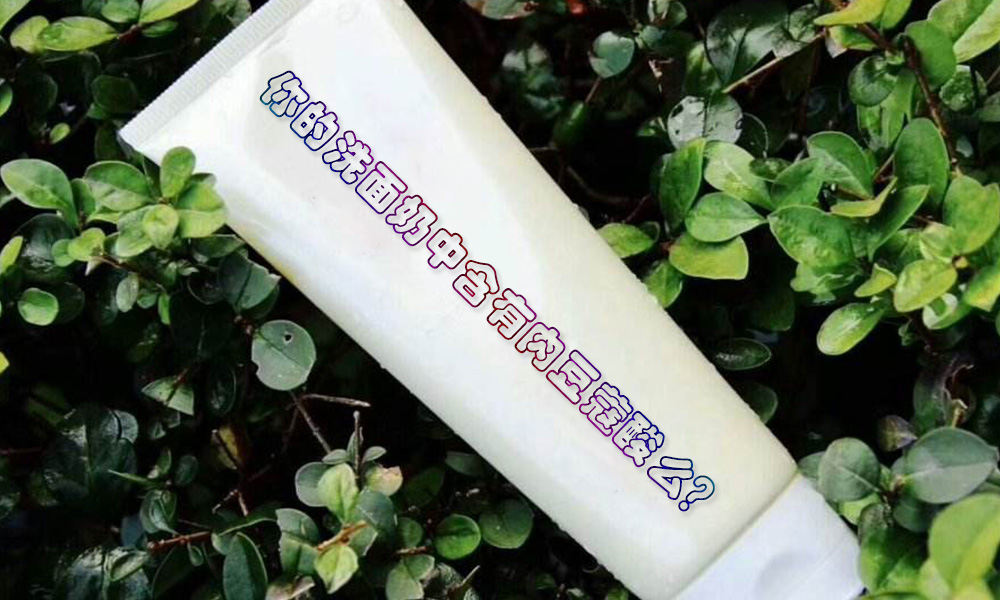
Facial cleanser is used almost every day, especially by women. Careful guys will pay attention to the ingredients behind the facial cleanser. Come today Let’s talk about the myristic acid in facial cleanser.
1. Introduction to myristic acid:
Myristic acid, also called myristic acid.
1. Physical and chemical properties:
It is a white to yellowish-white hard solid, occasionally a shiny crystalline solid, or a white to yellowish-white powder, odorless. Insoluble in water, soluble in anhydrous ethanol, methanol, ether, petroleum ether, benzene and chloroform.
2. Production method:
It is obtained by vacuum fractionation of mixed fatty acids or fatty acid methyl esters obtained from coconut oil and palm oil.
3. Purpose:
Used as raw material for soaps, soaps, detergents, cosmetic surfactants and chemical fiber oils; manufacturing emulsifiers, waterproofing agents, curing agents, and polyvinyl chloride heat stabilizers and plasticizers, etc., and are also raw materials for spices and medicines.
Second, if you have sensitive acne-prone skin, try to avoid myristic acid. of soap-based facial cleanser
Although myristic acid is widely used In cosmetics, it can moisturize and moisturize the skin. The skin has good absorption of this product. It can effectively contact the hair follicles in the cortex, penetrate deep into the cortex, and bring in the active ingredients in cosmetics, fully Play the role of active ingredients. As a cosmetic solvent and skin moisturizer, penetrant.
However, if you have sensitive acne-prone skin, try to avoid soap-based facial cleansers containing nutmeg. , generally contain fatty acids: lauric acid, myristic acid, palmitic acid, etc. are all soap-based facial cleansers, because soap-based facial cleansers have two disadvantages: the pH is alkaline and it will cause tightness after cleansing, and it will affect sensitive acne-prone skin after use. It will cause some damage to the skin, but soap-based facial cleanser has strong cleaning ability, so it is highly recommended for oily skin. </span

 微信扫一扫打赏
微信扫一扫打赏

